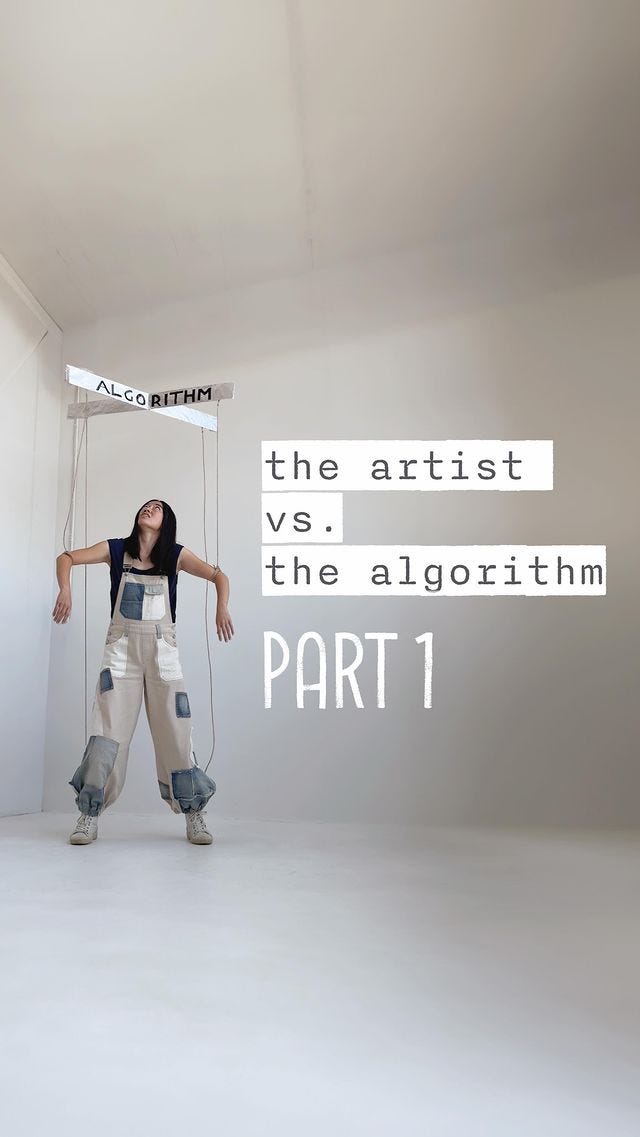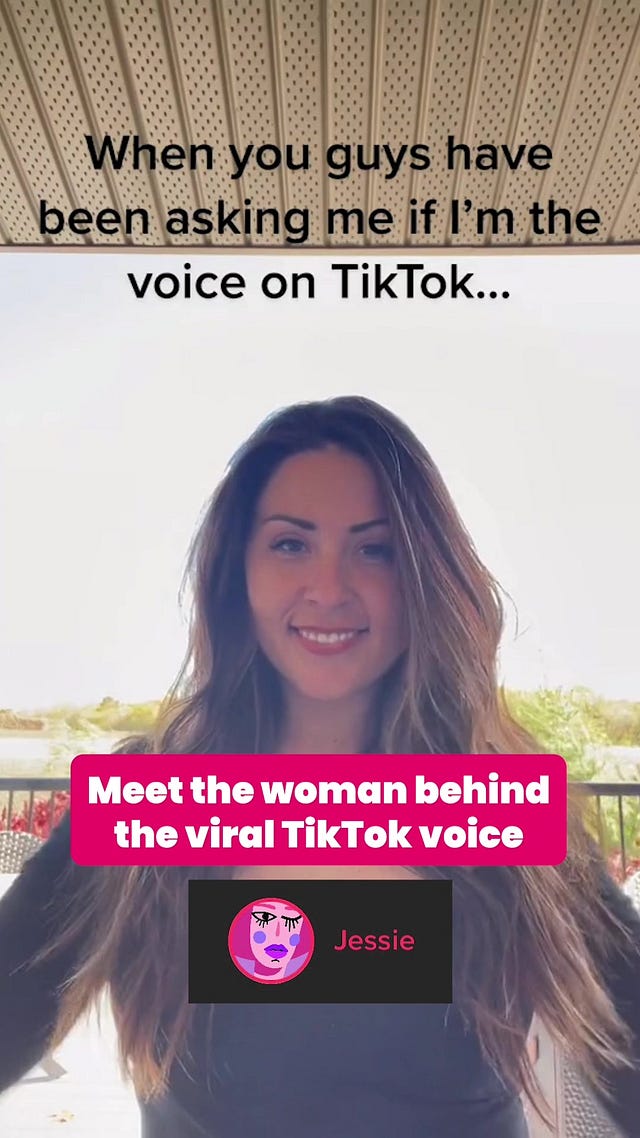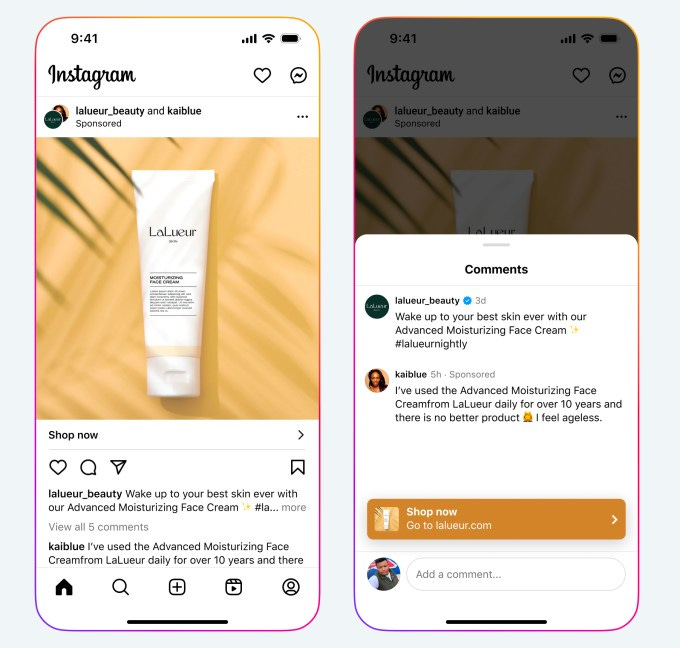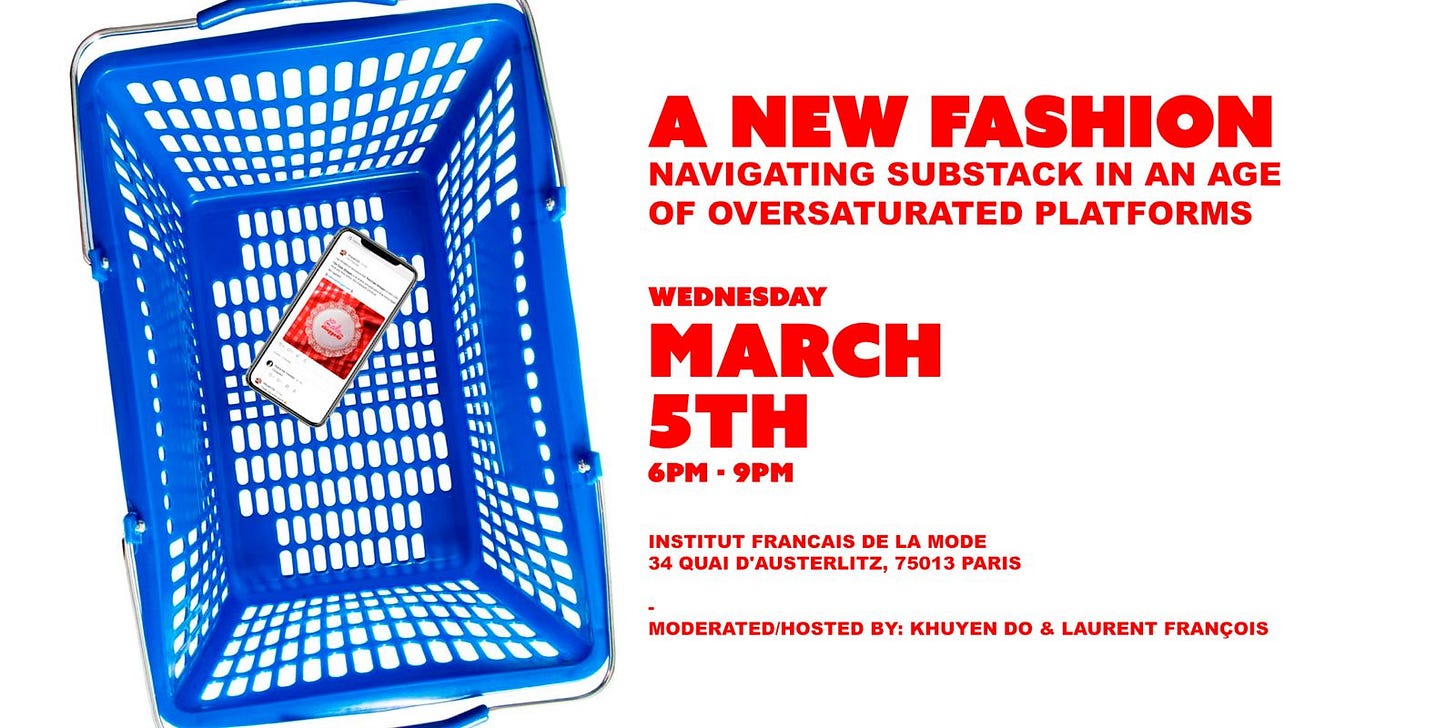Impersonal
Are influencers and content creators now becoming interchangeable "digital commodities", easily replaceable by platforms?
Tuesday Night on Earth. And see you tomorrow for those who grabbed their tickets for our event at IFM in Paris (we’re almost sold out!). Feel free to share this newsletter.
In the age of algofluence, platforms like TikTok and Instagram risk alienating those who make them valuable: content creators.
The warning signs are multiplying. Karen X Cheng sounded the alarm early: the latest algorithmic adjustments, supposedly designed to facilitate content discovery in an infinite feed, are working against independent artists and creators. Content is becoming a mere commodity, detached from its author. A dopamine fix.
A phenomenon further accelerated by Meta's recent AI announcements: artificial intelligence will soon be powerful enough to distribute content directly to the most relevant audiences, eliminating the need for an intermediary—meaning an influencer or a content creator.
Content Homogenization
The homogenization of content has long been evident, particularly in visual aesthetics. The rise of Tumblr Pink (or Millennial Pink) in 2017 was one of the most tangible proofs of this “trendification” of aesthetics on Instagram. Filters, photo editing apps, and algorithmic curation reinforced these cohesive visual vibes, making certain styles unavoidable.
But this isn’t just about design or cultural nuances. Social media platforms actively shape our expectations and our consumption habits, turning content into predefined, instantly satisfying artifacts. This hyper-standardization is now deeply embedded in platforms like TikTok and Reels, where:
Identical templates dominate, creating a sense of déjà vu.
Soft, pastel color palettes and carefully curated lighting ensure mass appeal.
Seamless transitions and perfectly timed music selections are engineered to maximize pleasure and engagement.
The result? A feed that feels smooth, digestible, and algorithmically optimized—but increasingly devoid of originality.
This homogenization has become increasingly sophisticated, evolving into a multi-sensory phenomenon as platform features develop and expand to all users.
On TikTok, synthetic, neutral-sounding voices—particularly through Text-to-Speech (TTS) features like the voice "Jessie" (real name: Kat Callaghan)—have contributed to a unified, standardized audio landscape. These voices, smooth and devoid of emotional nuance, have harmonized millions of videos into a single sonic universe.
Rather than being a personal expression, the voice has become just another functional layer of content, a tool for engagement rather than an extension of individuality—especially when it's replicated across hundreds of millions of videos.
In an era where content must be instantly digestible, personality gives way to uniformity.
Quite logical when we consider that AI-generated content performs better in terms of engagement than human-created content, according to Buffer (6.13% vs. 4.89%, to be precise). It’s content designed for short-term appeal, optimized to generate revenue for its creator.
Pre-formatted videos, predictable but enjoyable to consume. Influence is no longer about originality; it’s about a kind of algorithmic fluidity.
No Controversy, No Risk?
The influencer marketing industry has tripled between 2020 and 2025, projected to reach $33 billion.
At the same time, brands are increasingly selective in choosing talent for their influencer rosters, especially when targeting a mass audience (think fragrances, accessories, and lifestyle brands). Few companies are willing to take risks on unpredictable personalities who could disrupt their carefully controlled brand image.
This creates a strong incentive to industrialize influence—streamlining it into a scalable, low-risk growth model.
Some content creators have recognized this shift and are adapting accordingly—developing faceless content.
Faceless YouTube channels—virtually nonexistent before 2022—have skyrocketed in popularity, attracting millions of views with voiceover-based videos, stock footage, and AI-generated scripts.
The appeal extends beyond independent creators: digital clones of micro-influencers are emerging, offering an automated alternative to traditional content creation.
This evolution is particularly striking in China, where livestream shopping continues to expand. AI-powered digital doubles are gaining traction as brands seek cost-effective, always-available presenters. The barriers to entry have collapsed. Modern AI needs only a minute of video or a few photos to create a believable 3D avatar.
If influence can be automated, does the human presence even matter anymore?
Influencer: a business function or a talent?
Words have meaning. In the early days of blogging, few people referred to themselves as “influencers”. Influence was a byproduct of long-term legitimacy and recognition—earned through engagement with peers and online communities.
The reality is that the massification of influence—driven by platforms and businesses—has blurred the lines between a function, a professional activity, and an individual’s actual reputation.
As highlighted by
in default.blog, just because platforms and industry observers constantly identify and comment on trends doesn’t mean those trends truly exist—or that they genuinely influence people in a lasting way.“My problem with this argument isn't that the internet doesn't constantly generate a cornucopia of aesthetics, both genuine and fabricated, by journalists looking to kickstart the latest trend. Rather, my issue lies with the notion that "micro-trends" are a novel concept or that they have replaced individual tastes, personalities, or subcultures, which simply isn't the case. The idea that your teenage or pre-teen daughter adopts a new persona every week because of a trending hashtag on TikTok is absurd.” - Katherine Dee
A new form of hierarchy is emerging among influencers and content creators: those who act as mere amplifiers and those who are truly original voices.
The first group—the amplifiers—are far more dependent on platforms to monetize their content. To sustain their revenue streams, they must constantly scale up their efforts, chasing views and engagement at high volume.
The second group consists of several distinct categories:
Those with a unique charisma that translates naturally into their content.
Those capable of producing videos or edits with an instantly recognizable style.
Those recognized for their deep expertise—established authorities in a specific field.
This heterogeneous group is capturing more financial value, as their voices are perceived as more authentic, authoritative, or compelling.
Platforms like Patreon capitalize on this demand for quality, offering monetization tools specifically designed to elevate and reward premium content.
In response to this growing demand for premium content, platforms like Instagram are developing new advertising formats that allow brands to leverage the reputation and credibility of influencers more directly.
For example, in late February 2024, Instagram introduced a new format called the "testimonial" ad. The concept: sponsoring an influencer’s testimonial within a post, amplifying their gravitas and ensuring their endorsement reaches a wider audience.
In the long run, true success may lie in breaking free from the algorithm and resisting this digital commodification—because what is rare is valuable.
Real influence can never be entirely bought. It must remain deeply personal, embodied, and authentic to truly resonate and leave a lasting impact.
The Event of the week: A New Fashion - Navigating Substack in an Age of Oversaturated Platforms
As part of Paris Fashion Week,
of and I are hosting (and moderating!) a special event tomorrow at the Institut Français de la Mode, exploring the role of Substack (and its writers) in an era of platform oversaturation.We’ll be joined by some of the most compelling voices and notable writers on Substack:
Une soirée d’échange et d’idées ! RSVP ICI.
Amazing links
That TikTok voice is actually a person. This is her story (CNN)
Who’s the most basic person on the internet? A court will have to decide between these two beige influencers (The Guardian)
Have a great week! This newsletter is written with love, passion, and (French) coffee.
Feel free to share this newsletter, like, comment, or keep sending me emails: these notifications are a joy.
My book “Alive In Social Media” is available on Amazon.











lol at the mention of faceless YouTube channels. I watch a few that aren't completely invested in scaling banal content or AI slop, they're both stay at home moms who share cooking tips and cute stories about their children (whose faces are also blurred). One of them has a biochemical engineering degree and I assume she would be bored without an intense hobby or two. I think for users like them, the urge is to participate but to share only what is necessary to legitimize their personhood online. Anyways, I had to point that out as a faceless avatar myself!
I appreciate your balanced take, usually it leans either cynical or overly optimistic when people talk about creating value on social media, but I guess it all does boil down to 'how?', who is willing to do the work to find out, and context.
I wrote a sort of how-to create a faceless youtube channel a few months ago, I can fwd it :)